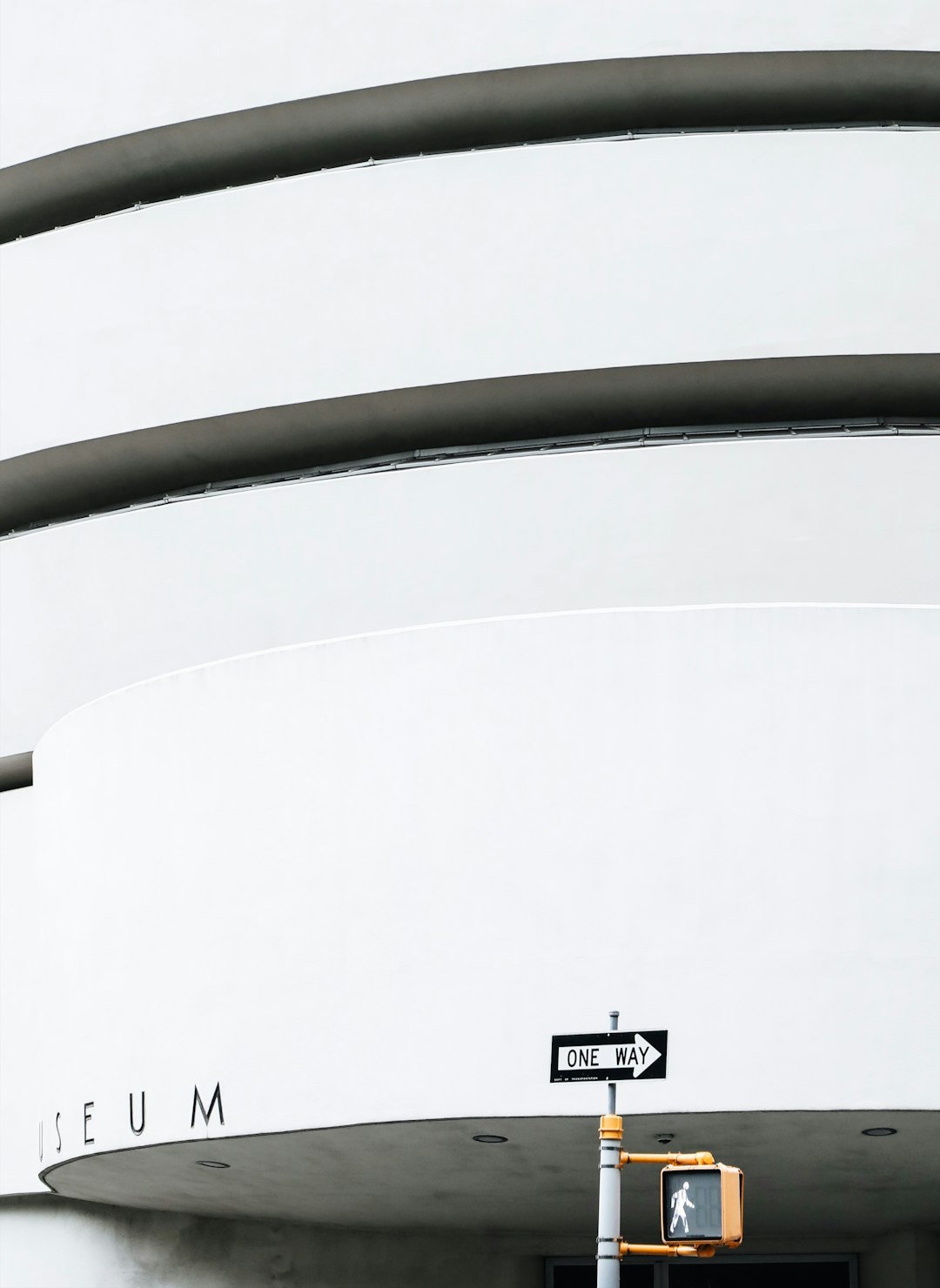Imagine this: you’ve connected your laptop or PC to your TV via HDMI, expecting to hear high-quality audio alongside your video, only to find that there’s no sound at all. You check your speaker settings and, oddly enough, the HDMI output isn’t even listed in your playback devices. Don’t worry—this is a common issue and can usually be resolved with a few simple steps. In this guide, we’ll walk you through how to get your HDMI audio working again so you can enjoy crisp, clear sound alongside your stunning visuals.
Why HDMI Audio Might Not Show Up
Before jumping into the fix, it’s important to understand why your HDMI output might not be appearing in your playback devices. Here are a few typical causes:
- Outdated or missing audio drivers
- Disabled HDMI device in playback settings
- Incorrect default playback device
- Faulty HDMI cable or port
- Connection to a non-audio-compatible display
Once you’ve identified the possible causes, tackling the solution becomes much easier. Let’s go step-by-step to bring your HDMI audio back to life.
Step 1: Check the Physical Connection
The first thing to do is double-check that your HDMI cable is securely connected to both your computer and TV or monitor. Try another HDMI port or cable if necessary.

Step 2: Enable the HDMI Playback Device
Sometimes, your system might recognize the HDMI audio device but have it disabled by default. To check this:
- Right-click on the volume icon in the system tray and select “Sounds”.
- In the Playback tab, right-click in the list and choose “Show Disabled Devices”.
- If you see your HDMI device listed but grayed out, right-click it and choose “Enable”.
- Click “Set as Default” and then OK.
This alone often resolves the issue and routes the audio through to your television or monitor with HDMI support.
Step 3: Update or Reinstall Your Audio Drivers
Still nothing? The drivers that control HDMI audio may be outdated or corrupted.
- Press Windows + X and select Device Manager.
- Expand the “Sound, video, and game controllers” section.
- Right-click on your audio device (usually something like Intel Display Audio or NVIDIA High Definition Audio) and choose “Update Driver”.
- If updating doesn’t help, try uninstalling the driver, restarting your PC, and letting Windows reinstall the driver automatically.
If your display adapter drivers are also outdated, updating your graphics drivers can sometimes restore HDMI audio functionality.
Step 4: Use Windows Settings
After ensuring the hardware and drivers are in order, go to:
- Settings > System > Sound
- Under Output, select the correct HDMI audio device from the drop-down menu.
- Test the audio to verify that it’s coming through the TV or audio receiver.
Voilà! If the device is listed there and selected, your sound should now be working as expected.

Step 5: Check Your TV or Monitor Settings
Believe it or not, your display settings could also be responsible. Ensure the TV input mode is set to the correct HDMI port, and volume isn’t muted or too low. Some devices have specific settings for using HDMI for audio input. Consult your TV’s manual for extra guidance.
Pro Tips for Flawless HDMI Audio
- Always plug in the HDMI cable before turning on both devices.
- Try restarting both your PC and TV if the device list doesn’t refresh.
- Use a high-speed HDMI cable for better data and audio transmission.
- Check for Realtek or graphics card manufacturer updates if your issue persists.
Conclusion
Dealing with HDMI audio issues can be frustrating, but with a systematic approach, you can usually find the culprit and fix it quickly. Whether it’s enabling a hidden playback device or updating your drivers, these solutions cover most common scenarios. Once you’ve got everything set up, sit back, relax, and enjoy crystal clear audio on your big screen — just as intended.
With a little patience and the right steps, turning your home into a multimedia hub is completely within reach.